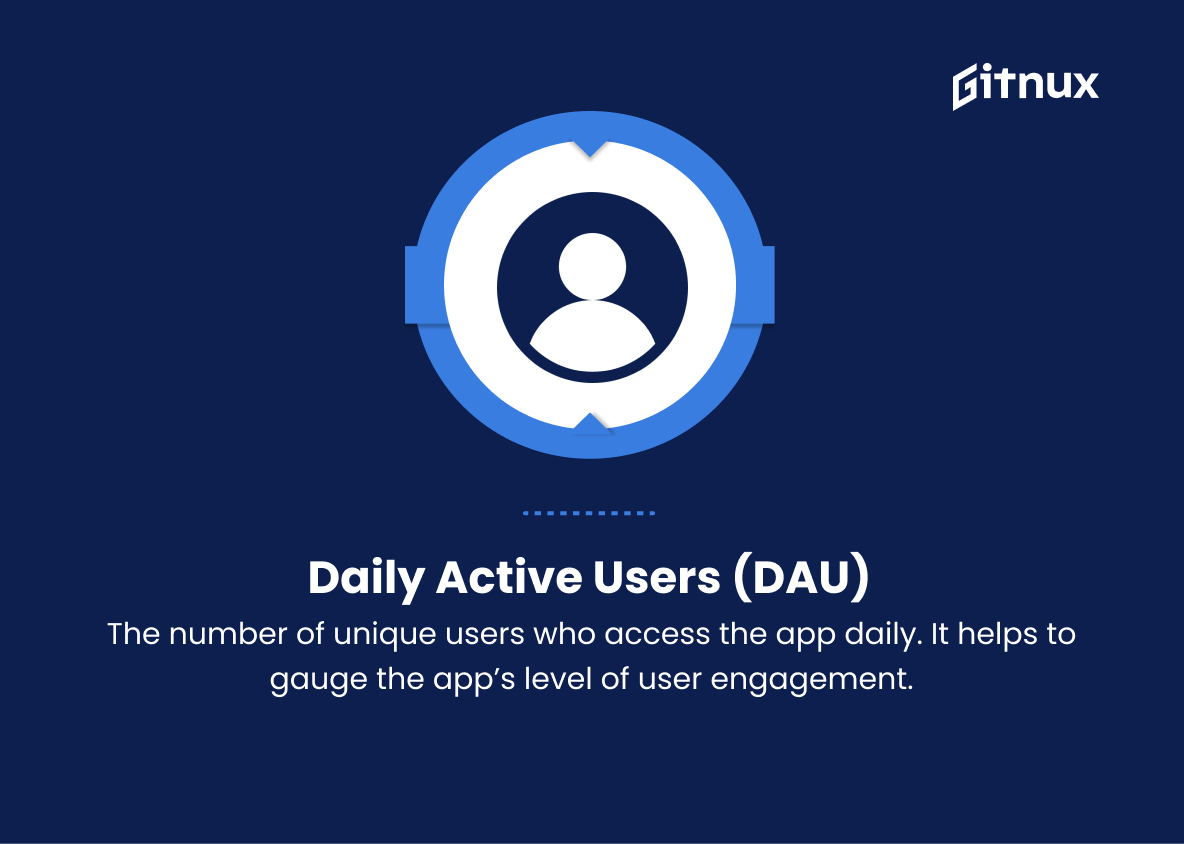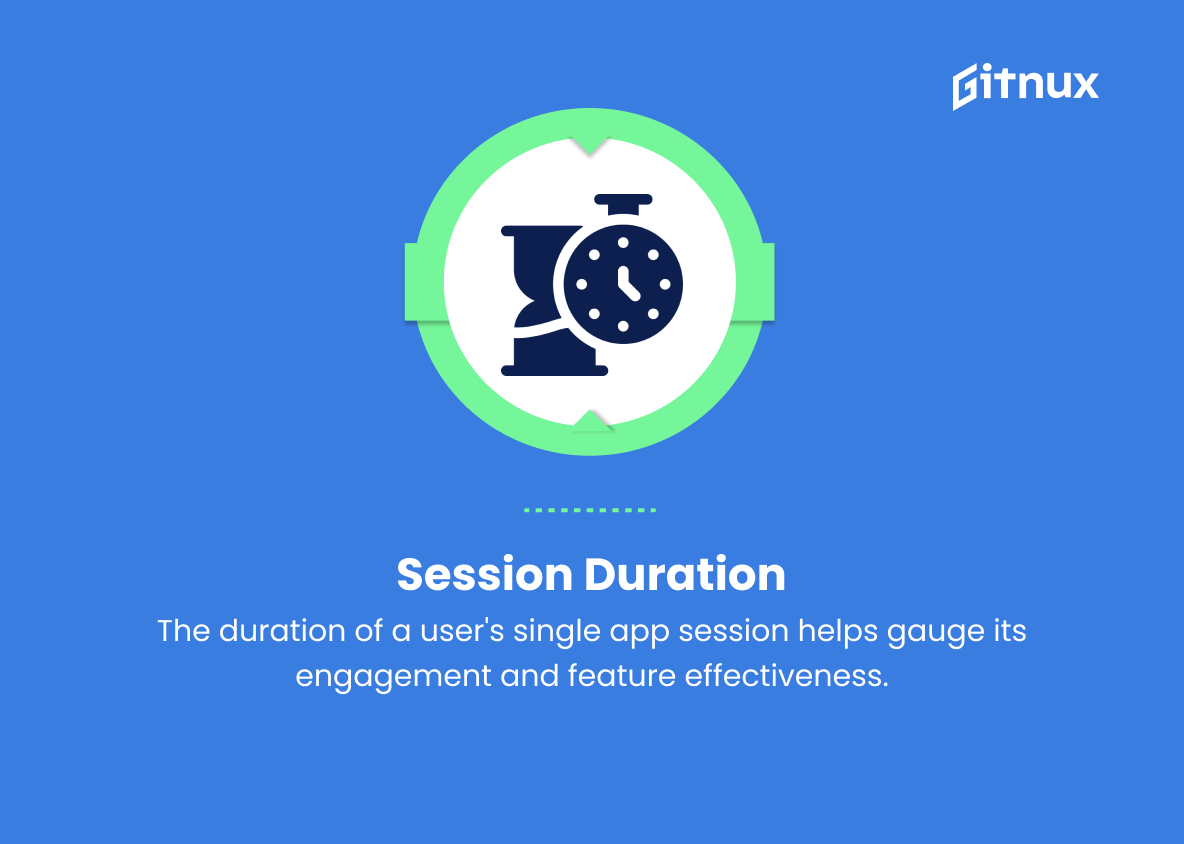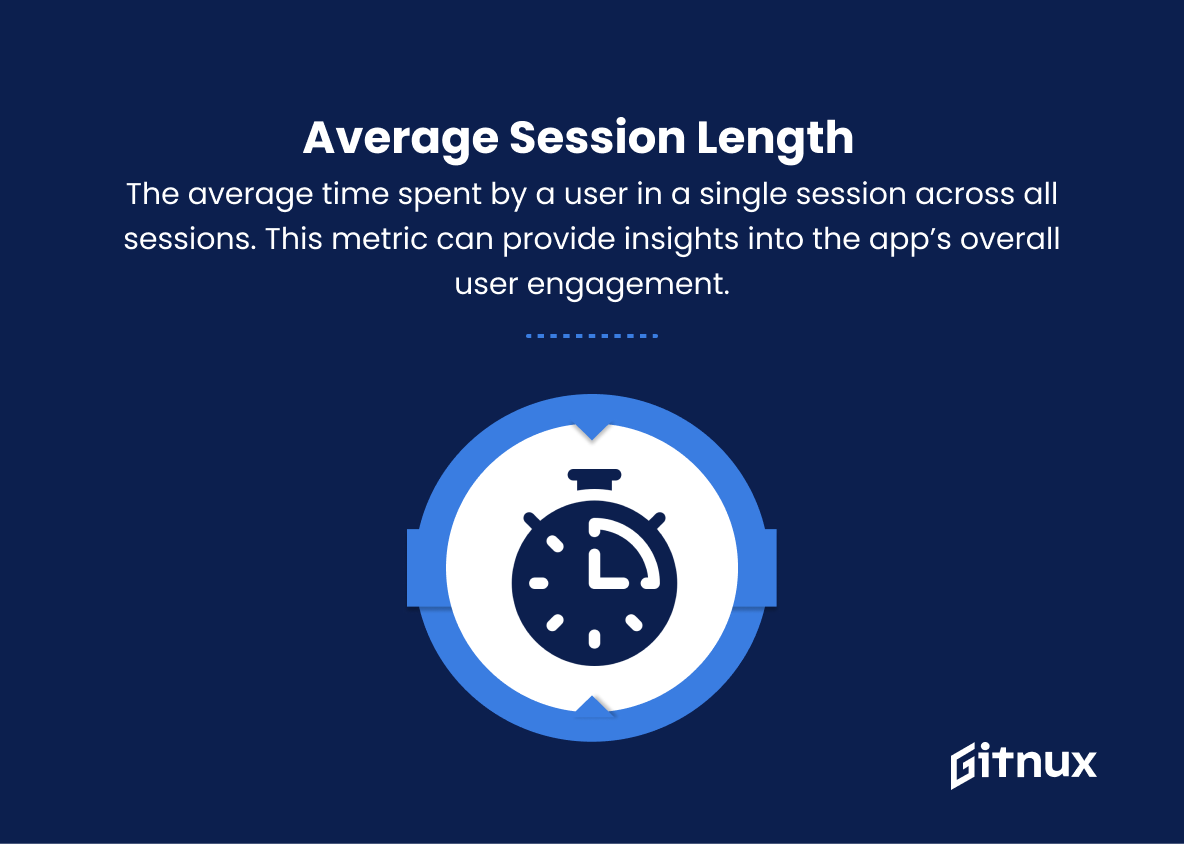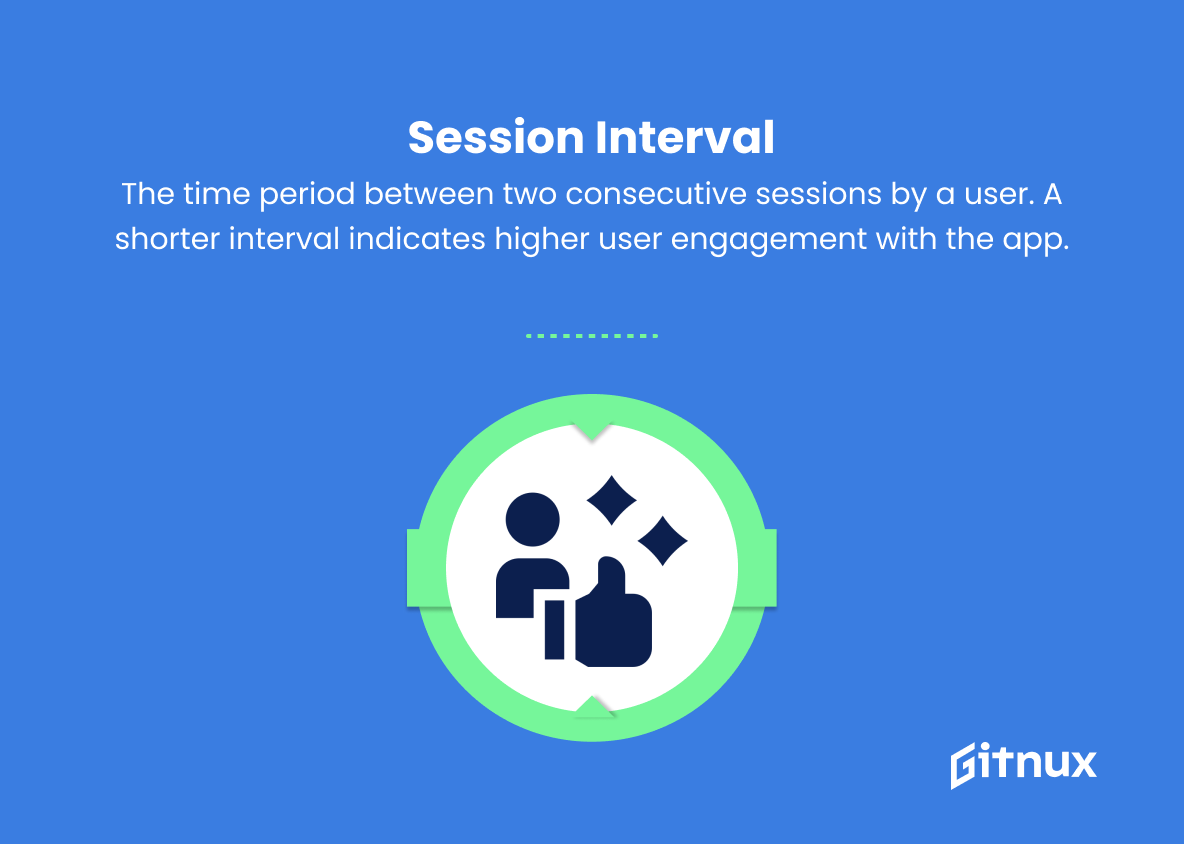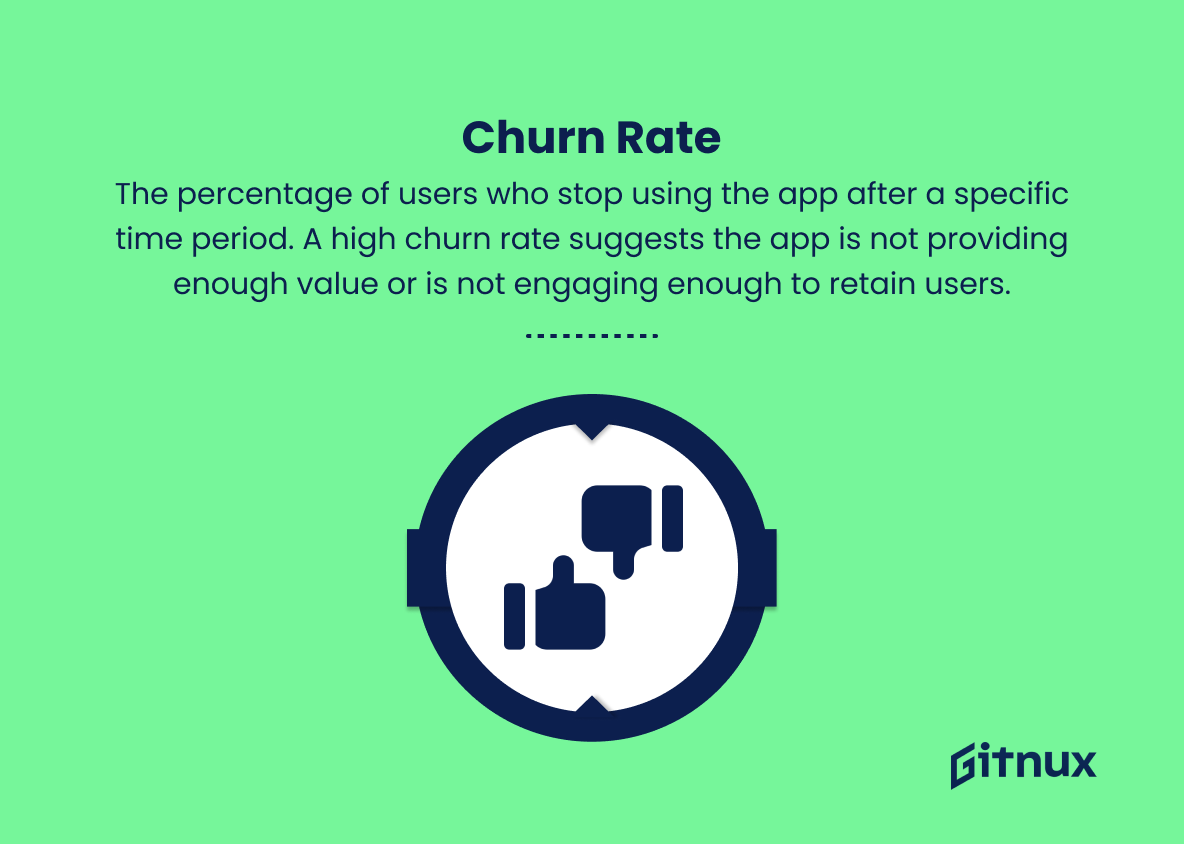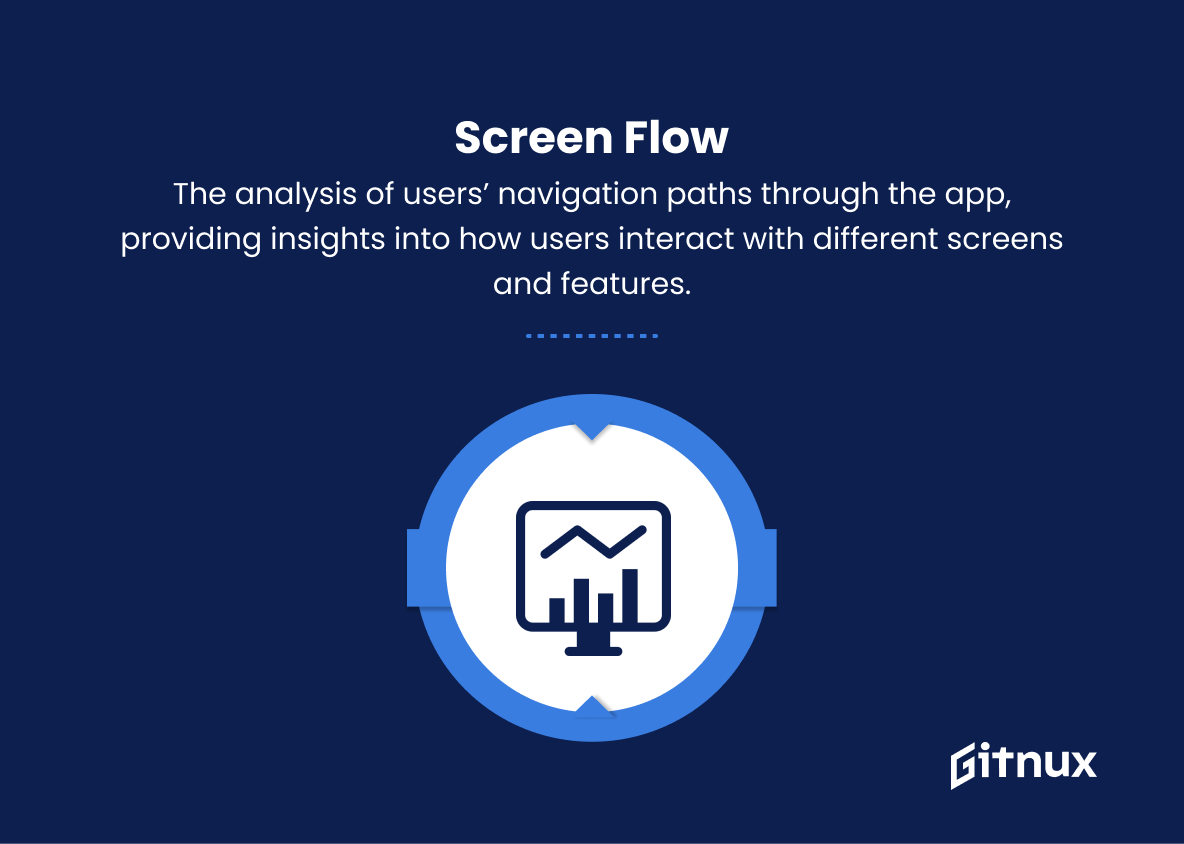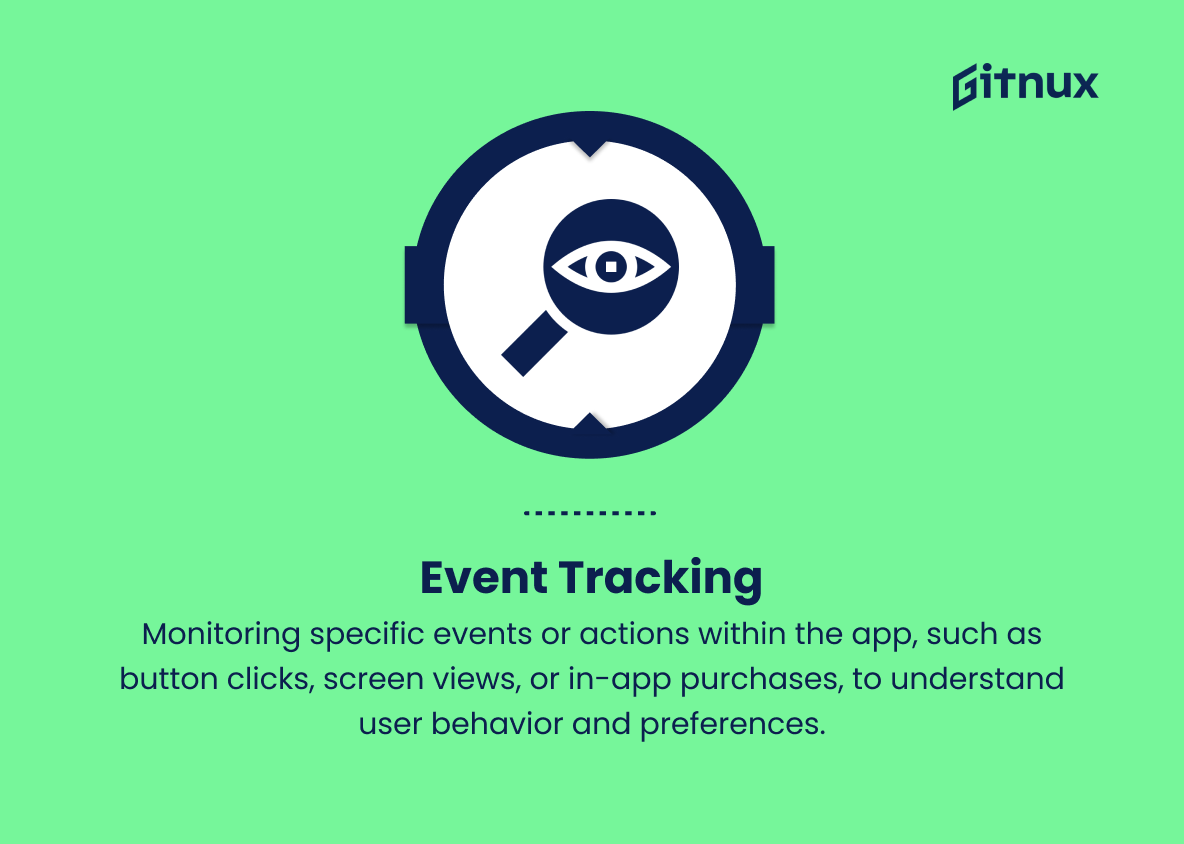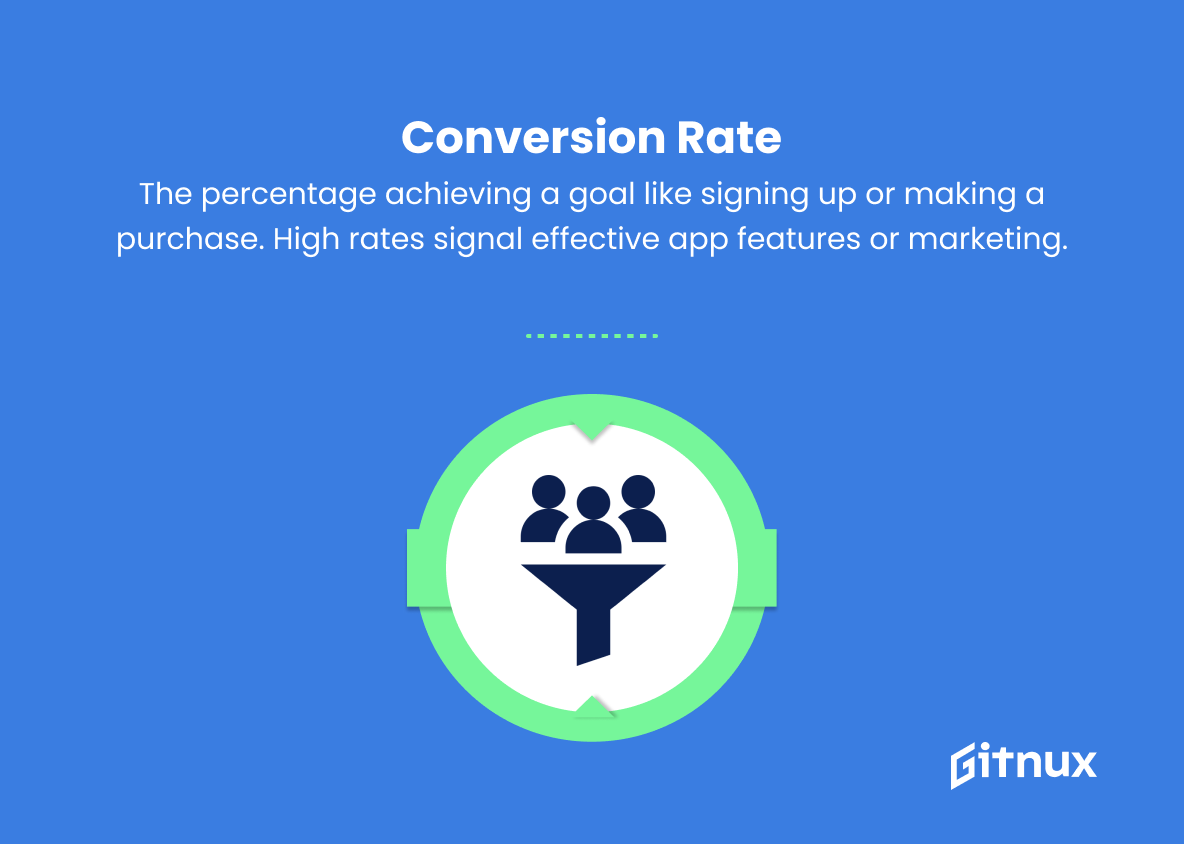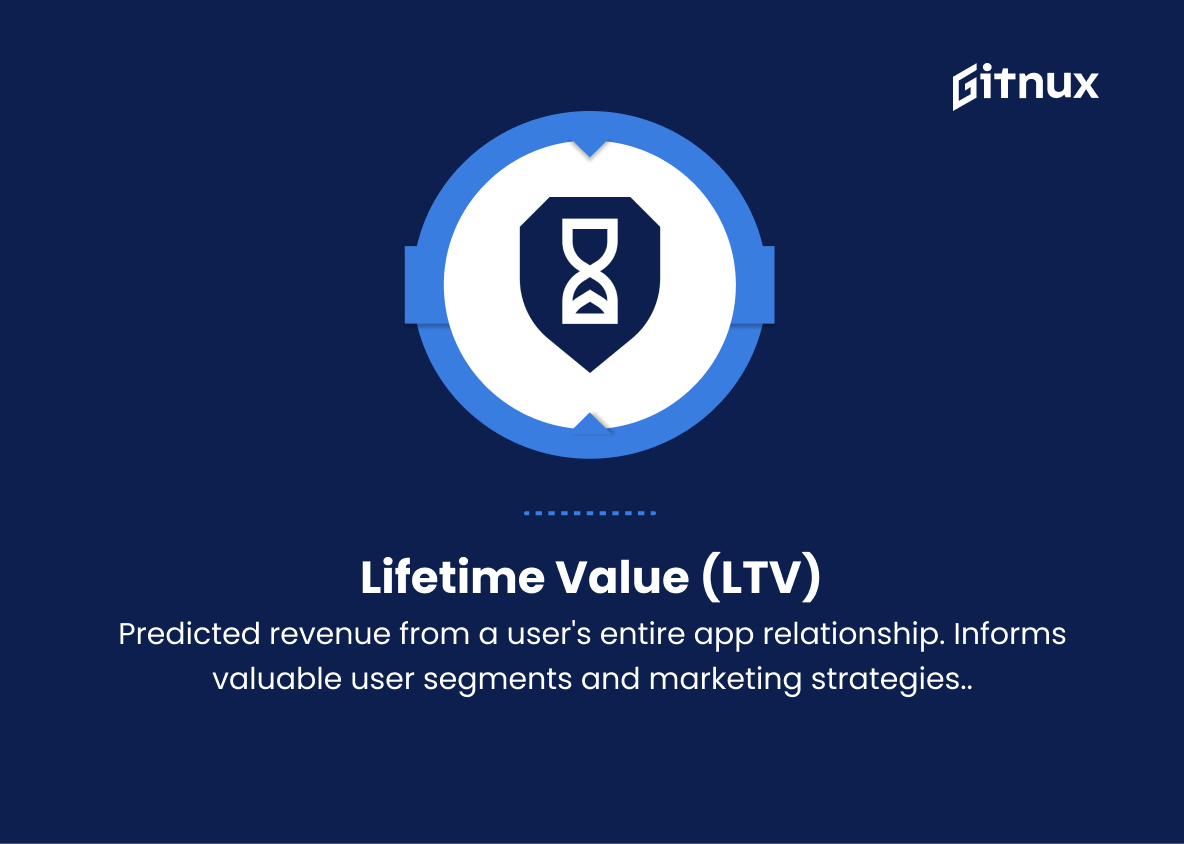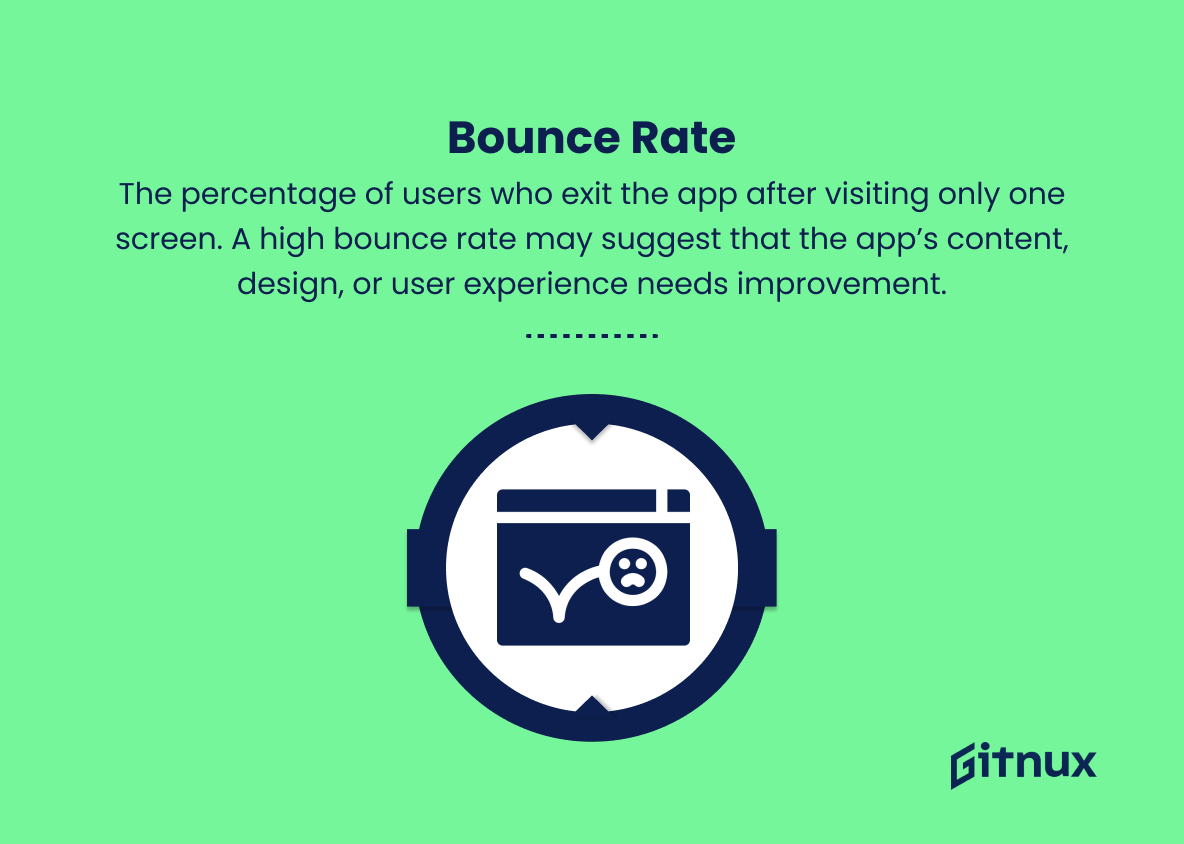In today’s fast-paced digital landscape, understanding how users engage with an application is crucial for businesses looking to fine-tune their products and services. In this enlightening blog post, we delve into the world of app usage metrics, exploring the significance of these vital pieces of data in driving growth, improving user experience, and identifying potential areas of optimization.
Join us as we unleash the power of app analytics and reveal how leveraging such insights can reshape your application and redefine the value it delivers to your audience. Get ready to unlock the potential of app usage metrics in boosting the performance of your digital offerings.
App Usage Metrics You Should Know
1. Daily Active Users (DAU)
The number of unique users who access the app daily. It helps to gauge the app’s level of user engagement.
2. Monthly Active Users (MAU)
The count of unique users accessing the app monthly. This metric helps in assessing an app’s long-term user engagement.
3. Session Duration
The time spent by a user in a single session using the app. This helps in determining how engaging an app is and may indicate the effectiveness of its features.
4. Average Session Length
The average time spent by a user in a single session across all sessions. This metric can provide insights into the app’s overall user engagement.
5. Number of Sessions Per User
The average number of sessions a user interacts with the app. A high value correlates with a higher level of user engagement.
6. Session Interval
The time period between two consecutive sessions by a user. A shorter interval indicates higher user engagement with the app.
7. Retention Rate
The percentage of users who return to the app after a specific time period, e.g., after 7, 14, or 30 days. Higher retention rates are indicative of a more compelling app experience.
8. Churn Rate
The percentage of users who stop using the app after a specific time period. A high churn rate suggests the app is not providing enough value or is not engaging enough to retain users.
9. Stickiness
The ratio of DAU to MAU, which measures how often users return to the app. High stickiness implies users are finding value and are engaging regularly with the app.
10. Screen Flow
The analysis of users’ navigation paths through the app, providing insights into how users interact with different screens and features.
11. Event Tracking
Monitoring specific events or actions within the app, such as button clicks, screen views, or in-app purchases, to understand user behavior and preferences.
12. Conversion Rate
The percentage of users who complete a predetermined goal, such as signing up, making an in-app purchase or subscribing to a service. High conversion rates signify effective app features and/or marketing strategies.
13. Lifetime Value (LTV)
The projected revenue generated by a user throughout their entire relationship with the app. LTV helps identify the most valuable user segments and informs marketing and acquisition strategies.
14. Bounce Rate
The percentage of users who exit the app after visiting only one screen. A high bounce rate may suggest that the app’s content, design, or user experience needs improvement.
15. User Demographics
Information on user characteristics such as age, gender, country, and device type. These data points help to target marketing efforts and inform decisions about the app’s design and features.
16. App Rating and Reviews
Users’ ratings and feedback on app stores, providing insights into user satisfaction, areas of improvement, and possible measures to enhance app quality.
17. Acquisition Source
The channels through which users find and install the app, such as organic search, paid advertising, or referrals. Analyzing acquisition sources helps optimize user acquisition efforts and lead to higher app usage.
18. Cost Per Acquisition (CPA)
The average cost of acquiring a new user through paid advertising or marketing efforts. This metric helps in optimizing an app’s marketing budget and acquisition strategies.
19. Cross-Device Usage
Understanding users’ app usage behavior across multiple devices or platforms (e.g., smartphones, tablets, desktops) to create personalized experiences and improve overall user engagement.
App Usage Metrics Explained
App Usage Metrics play a crucial role in evaluating the success and effectiveness of an application. Metrics such as Daily Active Users (DAU), Monthly Active Users (MAU), and Session Duration provide insight into how often users interact with the app and the level of user engagement. Retention and churn rates, alongside stickiness, help determine an app’s ability to retain users and maintain their interest over time.
Screen flow, event tracking, and conversion rates allow app developers and marketers to understand user behavior and preferences, leading to the optimization of the app’s features and marketing strategies. Furthermore, detailed information like user demographics and acquisition sources helps target marketing efforts and enables the creation of personalized experiences. Analyzing app ratings and reviews, as well as tracking metrics such as Cost Per Acquisition (CPA) and cross-device usage, provides an even more comprehensive understanding of an app’s performance and its areas for growth and improvement.
Conclusion
In conclusion, app usage metrics offer invaluable insights into the performance, engagement, and retention of your app. By monitoring these metrics, developers and marketers can make data-driven decisions to optimize the user experience and drive long-term success. It is crucial to establish goals and benchmarks for each metric, continuously track their progress, and fine-tune app strategies to meet or surpass them.
As the mobile app landscape evolves, staying up to date with user behavior trends and adopting the latest analytical tools will help you stay one step ahead and ensure the continued growth of your app’s userbase and profitability. Invest in understanding app usage metrics and unlock the full potential of your app today.
